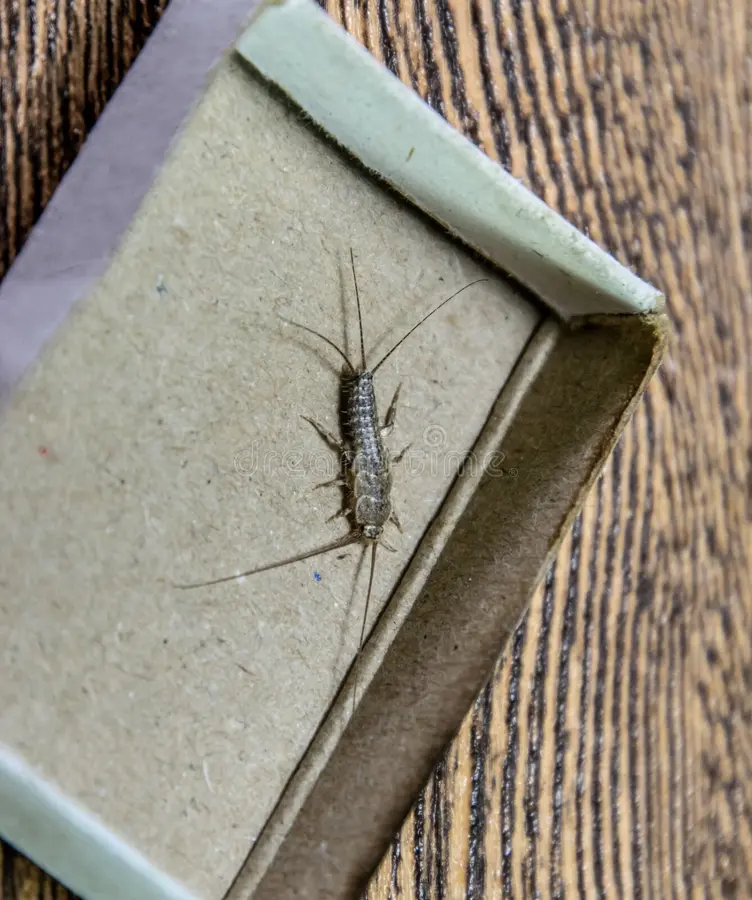
Identify the various types of silverfish invading your home with our expert guidance. Our team ensures accurate identification and effective removal to keep your space pest-free. We also offer carpet beetles extermination, as these pests are often found in similar hiding spots and can cause significant damage if left untreated.

Common Silverfish are about 0.5-1 inch long, with silver-blue, shiny, and teardrop-shaped bodies. They live in humid, moist areas like bathrooms, basements, and kitchens. Silverfish feed on starchy materials, such as paper, glue, and textiles, causing damage to books, wallpaper, and clothing.
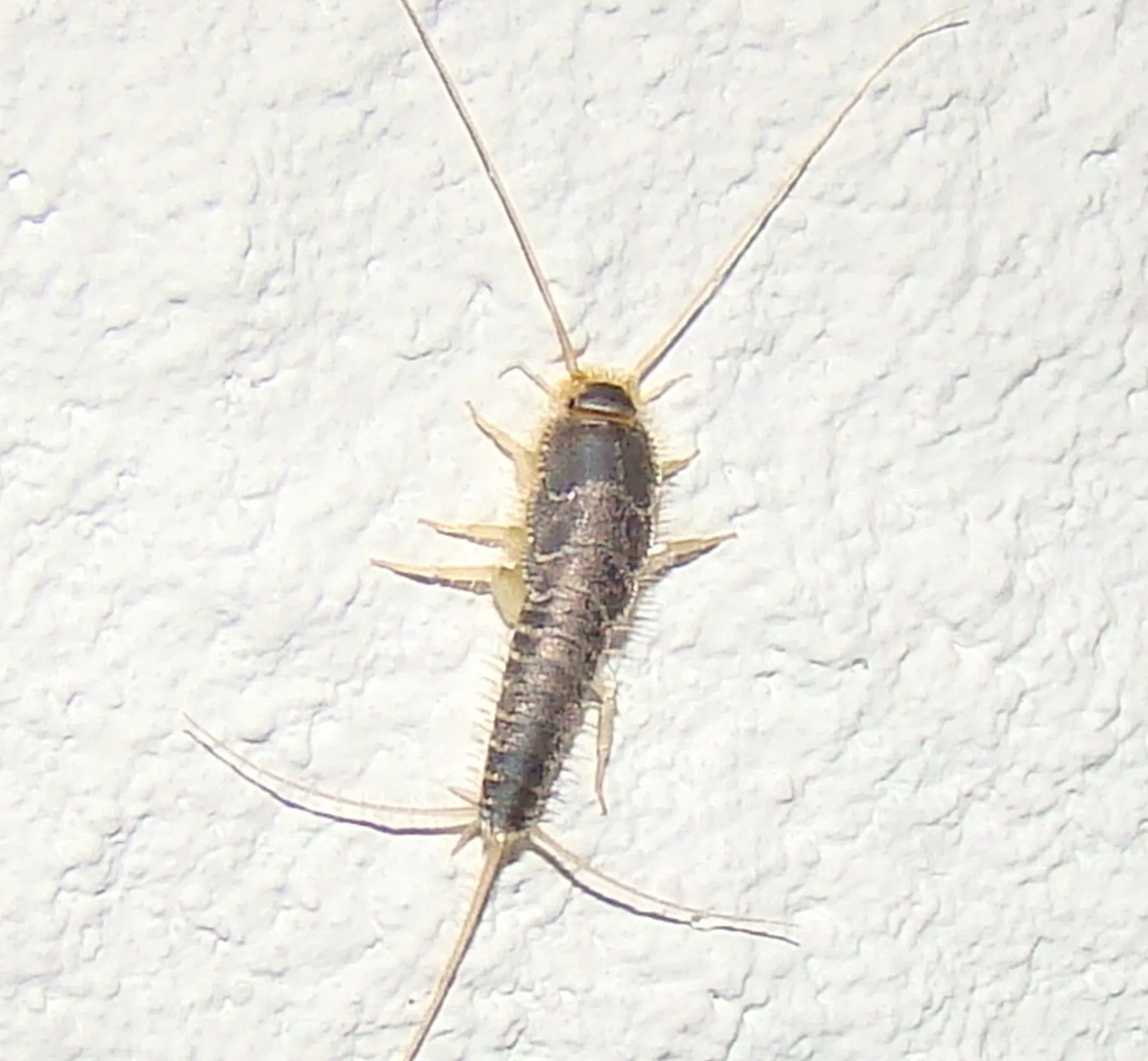
Gray Silverfish are slightly larger, about 0.75-1 inch long, and have a silvery-gray appearance. They prefer similar habitats to the common silverfish, often found in bathrooms, attics, and kitchens. Gray Silverfish feed on carbohydrates and proteins, damaging stored food, books, and clothing.
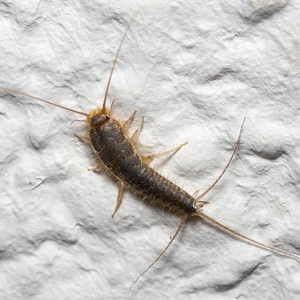
Four-lined Silverfish are about 0.5-0.75 inches long, with a distinct pattern of four dark lines running down their back. They are commonly found in dark, damp areas like basements and bathrooms. They feed on starchy materials and can cause damage to paper products, wallpaper, and fabrics.

Firebrats are similar in size to common silverfish, about 0.5-1 inch long, with mottled gray and brown bodies. They prefer warmer environments, often found near ovens, boilers, and water heaters. Firebrats feed on starchy and sugary substances, damaging food, books, and clothing.
Protect your home from the damage and contamination caused by silverfish, which are common nocturnal household pests. Our expert extermination services ensure a safe and healthy living environment. We also provide ticks extermination, as these pests often thrive in similar moist conditions and pose serious health risks to both humans and pets.
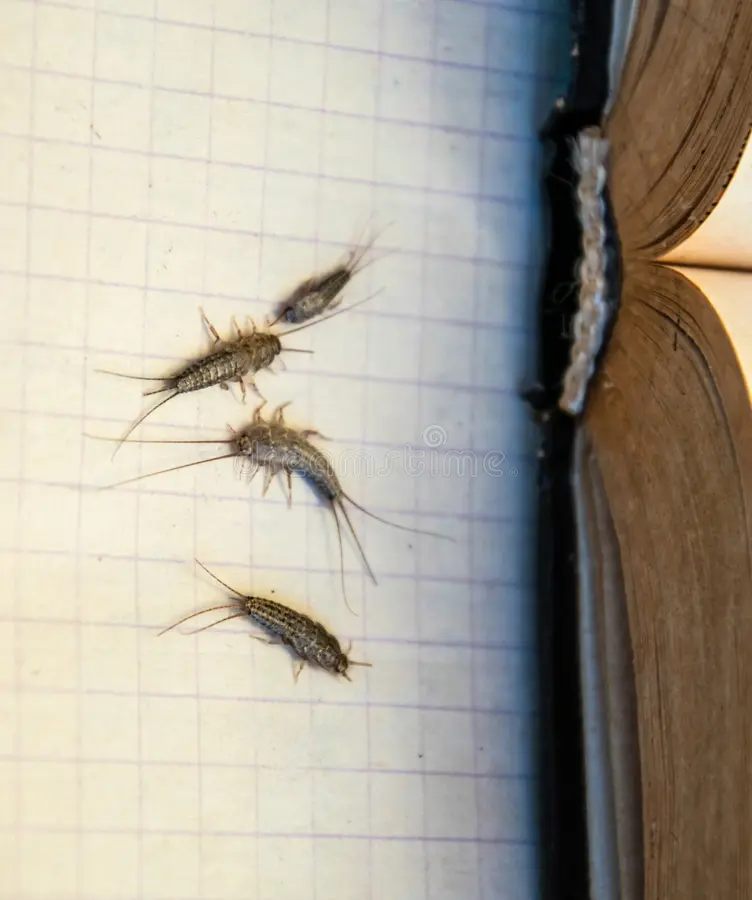

Our team consists of highly trained and experienced technicians who are experts in their field.
We offer clear and upfront pricing with no hidden fees, so you always know what to expect.
Our specialists are highly trained in handling a wide variety of pests, ensuring comprehensive protection for your home.
Built on years of reliable service, Vanquish is a trusted name in the community, known for integrity and dependability.
Our pest control plans are customized to fit your lifestyle and schedule, ensuring minimal disruption and maximum convenience.
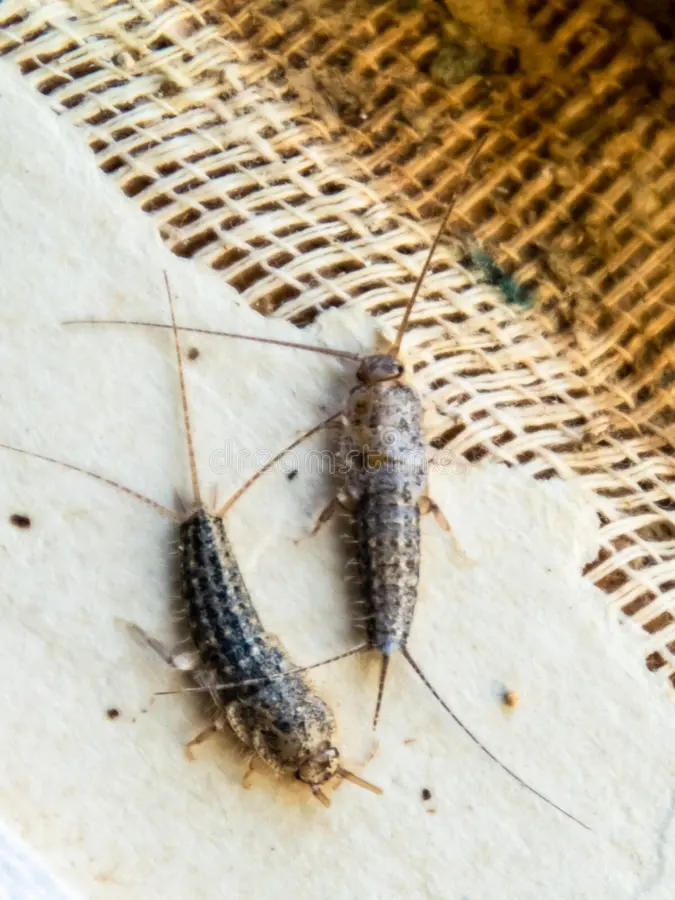

Years of Experience

Happy Customers

Award Won


Vanquish Pest Control proudly services Brampton, Toronto, the GTHA and its surrounding areas with our mission to ensure that your space – be they home or business – remain healthy and safe.
Copyright © 2025 Vanquish Pest Control. All Rights Reserved.